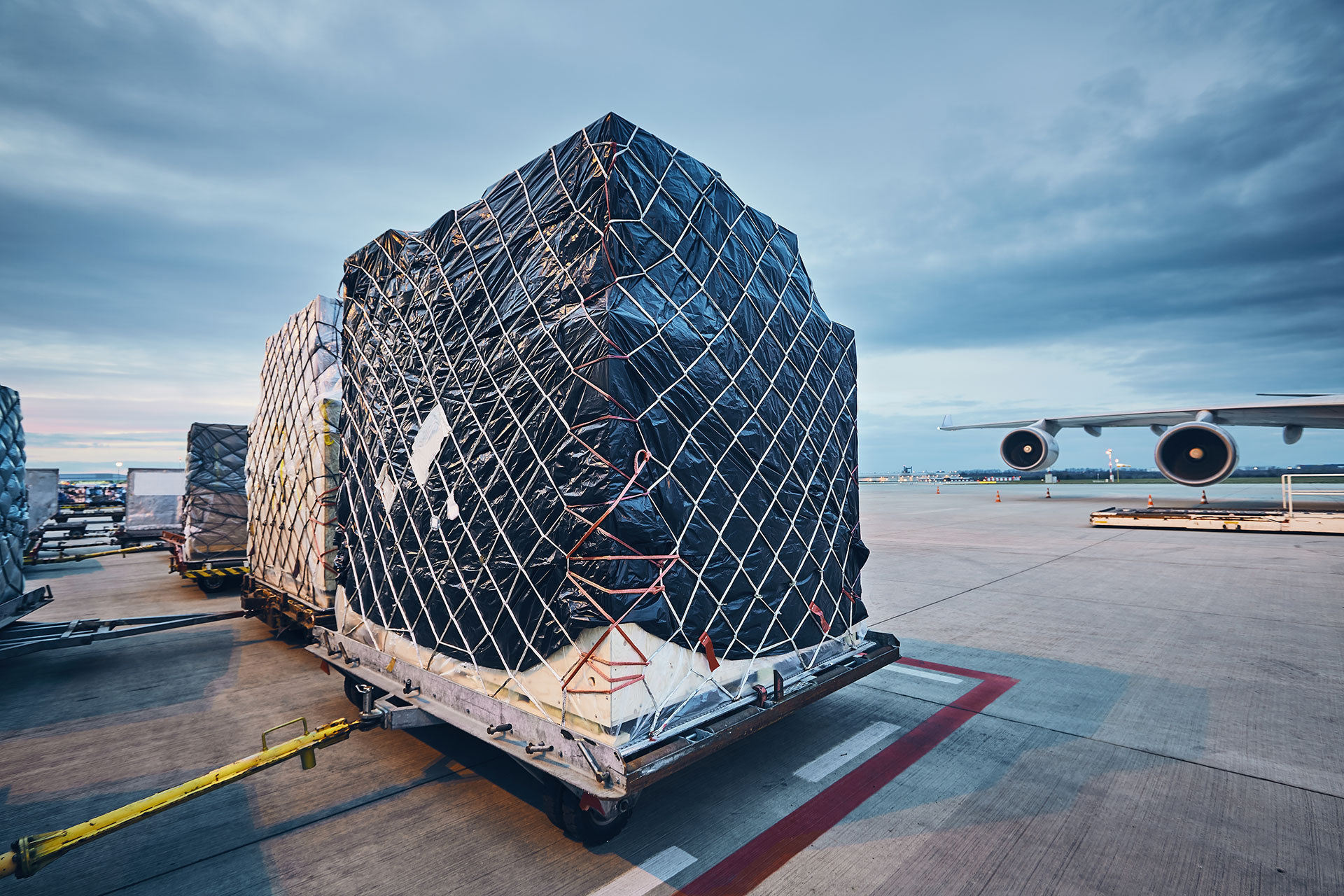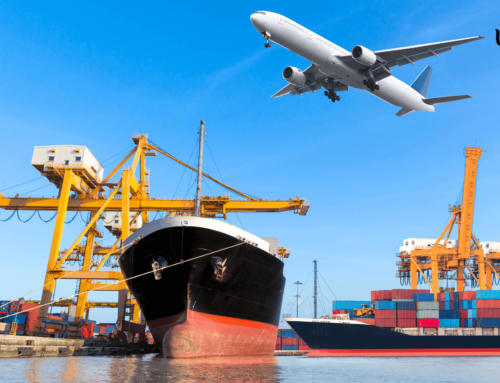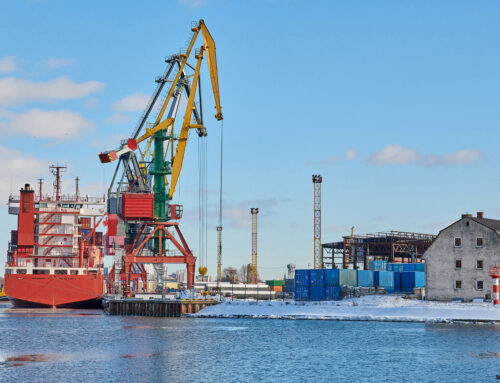Why Diversifying the Supply Chain is Critical to Avoid Air Cargo Volume Volatility
September’s air cargo volumes saw another dip, exacerbated by strikes at critical ports and other global disruptions. This highlights the urgent need for businesses to diversify their supply chains. Heavy reliance on air freight or specific routes can lead to bottlenecks, especially during crises. By diversifying logistics, companies reduce their exposure to strikes, natural disasters, or geopolitical tensions, ensuring they can maintain operations even when one node of their supply chain is impacted.
Diversification goes beyond having multiple transportation options. It includes sourcing from multiple suppliers, considering alternative shipping methods (like ocean or ground freight), and building a robust network of distribution centers. Companies that spread out risk across geographies and modes of transport can buffer themselves against localized disruptions, such as port strikes or economic slowdowns.
For example, during the recent port strikes, businesses with diversified supply chains were able to reroute goods or switch to alternative transport modes, keeping deliveries on time. In contrast, those dependent on specific regions or transport methods experienced significant delays, losing both time and revenue.
Investing in technology is another powerful strategy for diversification. Real-time data can help businesses monitor potential disruptions early and make swift changes. Whether it’s using AI to predict cargo bottlenecks or blockchain for tracking shipments, the digital tools available can ensure resilience.
In short, companies that focus on diversification can navigate turbulent waters, minimize losses, and stay competitive.







